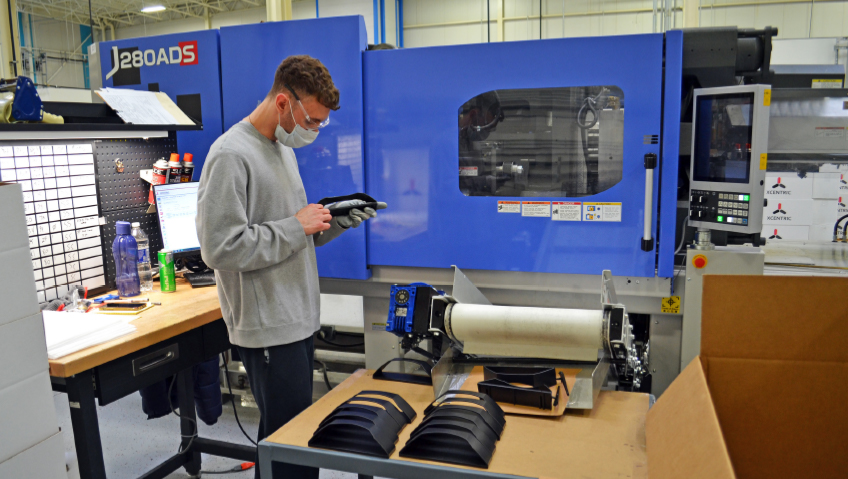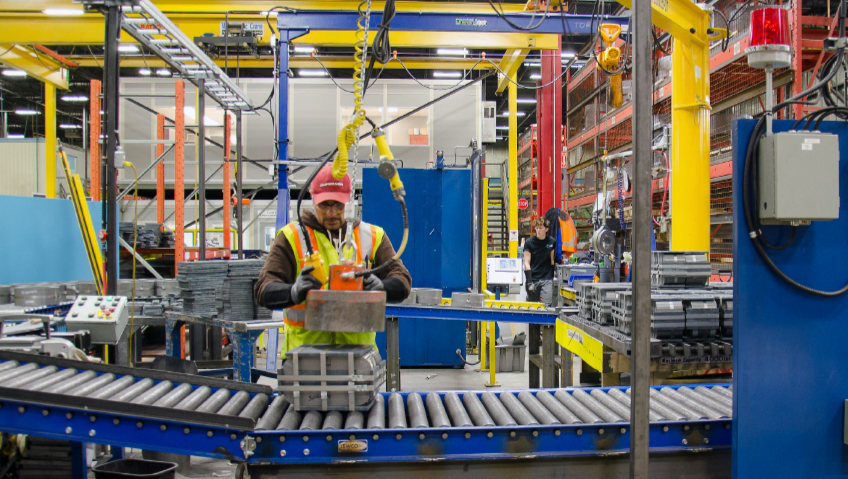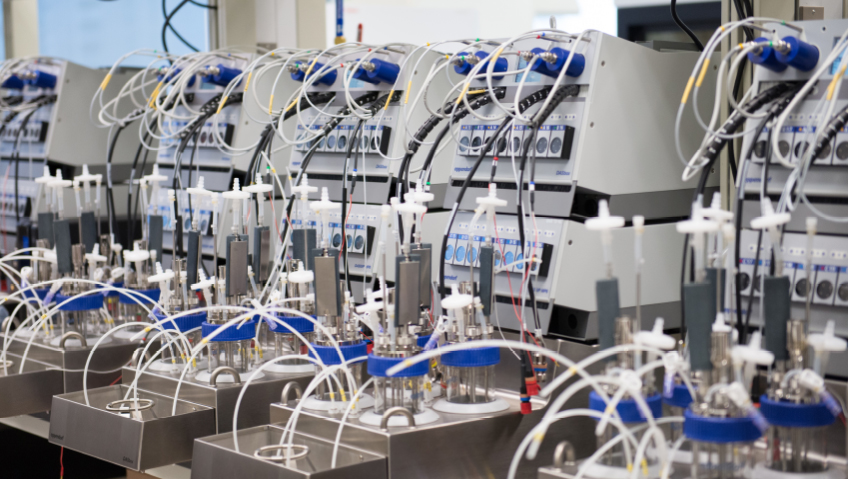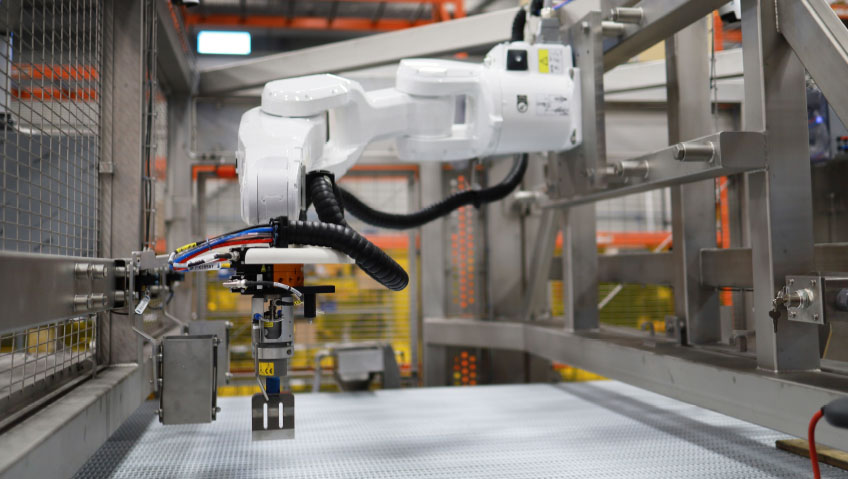What happens when growing demand meets shrinking workforce? This has been the reality for a number of sectors, including manufacturing – even in a pandemic. With the workforce largely approaching retirement, employers are under real pressure to find skilled workers in the face of unrelenting product demand.
In fact, around two-thirds of businesses surveyed are having difficulty hiring new workers. According to the Manpower Group’s quarterly survey which covered 43 mostly Western countries, 69 percent of them are having challenges staffing positions, the highest percentage in 15 years.
Another mind-blowing statistic is the number of job openings right now. As of June, there were 826,000 unfilled positions in the American manufacturing industry. And while the pandemic is a factor in this, there were already headwinds on different fronts before COVID-19.
Changing minds
In a Deloitte survey, young people viewed manufacturing as boring and not a creative outlet. In the survey, 45 percent of respondents cited, “negative perceptions toward the manufacturing industry.”
In addition, the manufacturing industry has been seen as less inviting to women. A global study by the World Economic Forum revealed that women make up only 20 percent of the manufacturing workforce.
And these are the kind of problems that will only get worse in the future if something isn’t done now to change the direction of things. How much worse? A study by the Manufacturing Institute notes that 2.1 million jobs could go unfilled by 2030.
That’s the bad news. The good news is that there are steps that can be taken now. And in the competition to bring younger workers to manufacturing, certain emerging trends may converge to attract generation Z and beyond.
Computers are changing the manufacturing floor. Smart machines and digital technology are coming together in just about every aspect of the manufacturing process to deliver more efficiencies and production power than was possible before.
Data is collected from the machines to quickly and efficiently adjust the manufacturing process of its parts. The machines communicate exactly what needs attention and how to optimize output – at a speed that no human could match.
Often technology gets blamed for eliminating jobs, but advances have often led to more opportunities. In another Deloitte study, economists analyzed data over the past 144 years and found that technology has actually created more jobs than it destroyed over this time.
And this just happens to be what Gen Z workers are looking for. After all, their lives have revolved around digital tech from the day they first got their hands on mom’s smartphone.
Blue collar & new collar
The digital emphasis in the future of manufacturing is creating what Ginni Rometty, former IBM CEO, refers to as “new collar” jobs. In a 2016 Industry Week article, Rometty talks about the changing way employees and employers think about work.
“Getting a job at today’s IBM does not always require a college degree,” said Rometty. “At some of our centers in the United States, as many as one-third of employees have less than a four-year degree. What matters most is relevant skills, sometimes gained through vocational training. In addition, we are creating and hiring to fill ‘new collar’ jobs – entirely new roles in areas of cybersecurity, data science, artificial intelligence and cognitive business.”
Which brings us back to the plant floor. Information technology skills will increasingly be needed by manufacturers, and that intersects with the natural skill set that the young people of generation Z bring with them, as they enter the workforce in their droves.
There is also a second point where manufacturers and younger workers meet. At the same time as digital technology becomes pervasive in manufacturing, the cost of education is going up – way up. In the past 10 years tuition costs have risen as much as 30 percent.
These costs are leading young people to take a hard look at what education means. And more are considering vocational training to gain the experience that will translate into career opportunities. Manufacturers could soon be in a much better position to employ the skills that they can’t find right now.
As technology changes the way companies do business, savvy employers can get in on the ground floor, finding talent and finding ways to keep it so young employees’ skills evolve with evolving technology.
Beyond younger workers, devising ways to make the manufacturing industry more inviting to women is the other important challenge in developing the workforce of the future. Women make up 51.4 percent of the overall population but as we noted, make up just 20 percent of the manufacturing industry workforce. That’s a big gap for an industry trying to make up for labour shortages.
Welcoming women
The big question is, why aren’t there more women in manufacturing?
An important part of this is the common perception of what it’s like to work on a manufacturing plant floor – right or wrong, it’s not great. A recent Forbes article aptly describes the picture some women have of jobs in manufacturing: “The recent spate of stories connected to the #metoo movement might hold the answer. Women would rather work in service jobs because life on the factory floor can be hell.”
The New York Times spoke to 80 women who worked in traditional “blue collar” jobs including those in manufacturing: “A woman on a repair crew was deliberately stranded on top of a 200-foot wind turbine by her male co-workers after enduring months of lewd taunts. An aerospace worker got the nickname ‘Bird Seed’ because men flocked around her like pigeons. Men dropped tools on female co-workers or deliberately turned on electrical power when they were working on lines.”
That may be hard to hear for employers, but it’s necessary to know.
Some companies are taking a closer look at the environment on their floors and making changes to challenge harassment and create safer, more inclusive spaces for women. In addition, policies such as generous maternity leave are being turned into an advantage when it comes to attracting women to manufacturing jobs.
No question, there are challenges for businesses across the board looking to hire and keep employees. Competition for talent will always be fierce, so changing these beliefs – and in some workplaces, attitudes! – can be an important start to attracting people to fill the gaps.
Change ahead
The bottom line, though, is to recognize that more and more businesses will undergo digital transformation for products and services. Another Deloitte report, The Future of Manufacturing: Making Things in a Changing World, stressed that manufacturing is no longer solely about making physical products.
“Changes in consumer demand, the nature of products, the economics of production, and the economics of the supply chain have led to a fundamental shift in the way companies do business. Customers demand personalization and customization as the line between consumer and creator continues to blur. Added sensors and connectivity turn “dumb” products into “smart” ones, while products increasingly become platforms – and even move into the realm of services.”
All this change translates to increasingly complex manufacturing environments that demand agile skill sets.
Corporations like IBM and Siemens will help lead the way forward in partnerships with research and education institutions to bring smart manufacturing to a range of industries, launching programs to develop the digitally proficient workforce we’re going to need.






